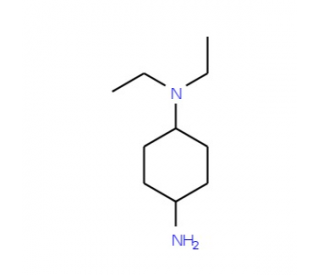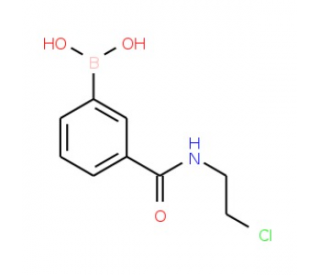详细说明
Purity
>97%, by SDS-PAGE under reducing conditions and visualized by silver stain
Endotoxin Level
<1.0 EU per 1 μg of the protein by the LAL method.
Activity
Measured by its ability to chemoattract BaF3 mouse pro‑B cells transfected with human CCR2. The ED 50 for this effect is 0.20-0.60 µg/mL.
Source
Mouse myeloma cell line, NS0-derived
Human CCL2
(Gln24 - Thr99)
Accession # P13500GS Human Fractalkine mucin-like stalk
(Phe103 - Gln341)
Accession # P78423KQN 6-His tag N-terminus C-terminus Accession #
N-terminal Sequence
AnalysisNo results obtained: Gln24 predicted
Predicted Molecular Mass
35 kDa
SDS-PAGE
70-95 kDa, reducing conditions
Carrier Free
What does CF mean?
CF stands for Carrier Free (CF). We typically add Bovine Serum Albumin (BSA) as a carrier protein to our recombinant proteins. Adding a carrier protein enhances protein stability, increases shelf-life, and allows the recombinant protein to be stored at a more dilute concentration. The carrier free version does not contain BSA.
What formulation is right for me?
In general, we advise purchasing the recombinant protein with BSA for use in cell or tissue culture, or as an ELISA standard. In contrast, the carrier free protein is recommended for applications, in which the presence of BSA could interfere.
979-MC |
| 979-MC/CF |
Formulation Lyophilized from a 0.2 μm filtered solution in PBS with BSA as a carrier protein. | Formulation Lyophilized from a 0.2 μm filtered solution in PBS. | |
Reconstitution Reconstitute at 100 μg/mL in sterile PBS containing at least 0.1% human or bovine serum albumin. | Reconstitution Reconstitute at 100 μg/mL in sterile PBS. | |
Shipping The product is shipped at ambient temperature. Upon receipt, store it immediately at the temperature recommended below. | Shipping The product is shipped at ambient temperature. Upon receipt, store it immediately at the temperature recommended below. | |
Stability & Storage: Use a manual defrost freezer and avoid repeated freeze-thaw cycles.
| Stability & Storage: Use a manual defrost freezer and avoid repeated freeze-thaw cycles.
|
Background: CCL2/JE/MCP-1
Fractalkine (also known as neurotactin and CX3CL1) is one of two known transmembrane chemokines and is the only member of the CX3C chemokine subfamily. Fractalkine is a type I membrane protein containing a chemokine domain tethered on a long mucin-like stalk that is connected to a transmembrane domain and a C-terminal intracellular domain. Expression of Fractalkine has been detected on endothelial cells, neurons, dendritic cells and a subset of mononuclear phagocytes. The expression of Fractalkine is upregulated in response to inflammatory signals. Fractalkine binds with high affinity to CX3CR1 and mediates the tight binding of leukocytes expressing CX3CR1 independently of G protein activation under flow conditions. In the MCP-1/mucin-like stalk chimera, the chemokine domain of human Fractalkine is replaced by human MCP-1 (CCL2), a ligand for CCR2.
References:
Haskell, C.A. et al. (2000) J. Biol. Chem. 275:34183.
Entrez Gene IDs:
6347 (Human); 20296 (Mouse); 24770 (Rat); 403981 (Canine)
Alternate Names:
CCL2; MCAF; MCP-1










 粤公网安备44196802000105号
粤公网安备44196802000105号